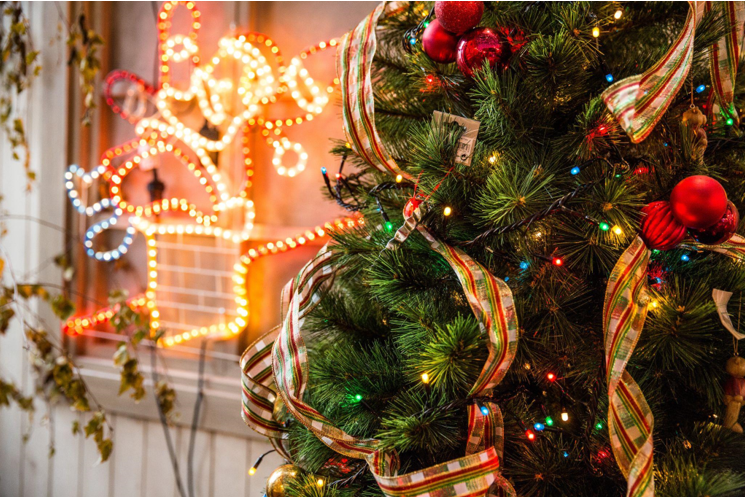The Evolution of Artificial Christmas Trees
Artificial Christmas trees have come a long way since their invention in the early 20th century. Initially made from goose feathers dyed green and affixed to a wire frame, they were marketed as a fire-safe alternative to real trees. Today, artificial Christmas trees are made from various materials, including PVC, polyethylene, and recycled plastics. The use of these materials has given artificial trees a healthier reputation, and advancements in manufacturing make them look more natural than ever before.
One significant development in the artificial tree industry is using polyethylene (PE) needles. These trees are gaining popularity because they look more realistic than traditional PVC trees. PE needles are also more environmentally friendly, as they are made from recycled materials and are recyclable themselves. Moreover, PE trees do not contain harmful chemicals like lead in older artificial trees.
Another benefit of artificial trees is their longevity. While real trees are typically expected to last just a few weeks, artificial trees can be used for years, if not decades. With proper storage and care, an artificial tree can last for a long time, making it an eco-friendly and cost-effective option in the long run. Some grandparents still use the same artificial tree they bought in the 1970s, making it a cherished family tradition.
The Growing Popularity of Artificial Trees among Grandparents
Grandparents are known for their love of traditions, and artificial Christmas trees are becoming a popular choice among this demographic. They offer a range of benefits, including a lower risk of fire, no shedding needles, and easy assembly and storage. Additionally, grandparents can find trees that fit their lifestyle and preferences, including different sizes, styles, and colors. For example, many older people opt for pre-lit trees to avoid the hassle of stringing their lights.
Moreover, artificial trees also provide welcome relief for those with allergies. Real trees can trigger respiratory issues like asthma, and artificial trees are a great alternative. They do not shed pollen or contain irritants that can cause allergic reactions.
Finally, artificial trees are becoming more sustainable on the whole. There are trees available in the market that are made from recycled materials and are recyclable themselves. They are easy to clean and maintain and can be used for many years.
In conclusion, artificial Christmas trees are no longer seen as a cheap alternative to real trees. With technological advancements, they have become a healthier and more environmentally responsible option. They are easy to use, require little maintenance, and offer longevity that is hard to match. Moreover, grandparents find them a perfect fit for their lifestyle and preferences. As such, it is no surprise that artificial trees have become an all-time favorite of this demographic, who value tradition and innovation.

